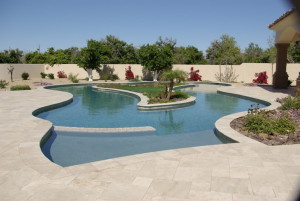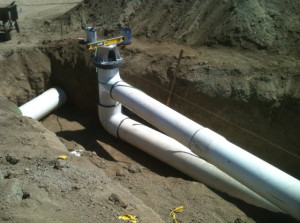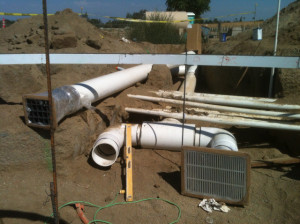User specific
With all of the above in mind, the importance of gaining as much information as possible in terms of what the client wants and expects with respect to how they will use their pool, as well as any number of ancillary details, such as esthetics, anticipated bather load, level of fitness or even body type cannot be emphasized enough.

Developing a detailed customer profile requires a certain level of detective work on the part of the designer and/or builder, but it is almost always well worth the time and effort. This personal dialogue not only directs the design process, but also reveals to the client various options they might not have previously considered. And, in some cases, it causes them to think more critically about what exactly it is they are hoping to achieve by way of investing in the system and the overall pool environment.
In providing a basic example, if the client’s desire is to use the pool strictly for continuous lap swimming, its depth might only need to be 1 m (3.5 ft). In contrast, however, if the homeowner’s intent is to also use the current for water walking or water aerobics, a deeper pool—perhaps with a sloped bottom where people of different heights can exercise in shoulder-deep water—would be recommended.
This information can influence the shape and size of the pool, current system placement, desired current speed, points of ingress/egress, as well as the size and configuration of islands in the case of lazy river applications. What most people, including many builders and designers, do not initially realize is depending how the project characteristics are developed, they can greatly influence the way a current behaves, which in turn directly impacts the user experience.
This is why the work of the supplier goes far beyond simply furnishing the equipment as in some cases they take on the role of a project consultant; therefore, the earlier a supplier is included in project discussions, the better they are able to advise and direct the design process relative to the application of the system.
Flow dynamics
At the heart of all of this is the fundamental fact that what is being controlled in these projects is the disbursal of energy through a body of water.

For example, using a simple 9.1- x 4.5-m (30- x 15-ft) vessel, the system—in most cases—would be installed so the current runs down the length of the pool to maximize the area directly influenced by the current. This is a matter of commonsense; however, what those new to this technology typically do not realize is when the water flow encounters the wall at the other end of the pool, it rebounds and creates less vigorous secondary return flows down either side of the primary current.

Through years of application and observation, many learn to direct that effect in order to create a loop. Therefore, using the same 9.1- x 4.5-m vessel and moving the current system location over to one side—approximately 1.5 m (5 ft) from one of the sidewalls—the primary flow is now directed down one side of the pool, while the return current is concentrated down the other. Although the unit is still moving the same amount of water, using the same amount of energy, the flow characteristics have been dramatically altered to create a looping current within the pool.
In taking this concept one step further, if the pool has sweeping radius walls, rather than a rectangular design, this can further increase the amount of energy in the return flow because the water is being directed around the turn rather than slamming into a perpendicular wall, which would absorb much of the energy. (This is similar to the way a sweeping curve in plumbing is far more efficient than a 90-degree elbow; the surface governing the direction of flow simply offers less resistance; therefore, absorbing less energy.)
Finally, taking this concept yet another step further, by using what is known as the Coandã Effect, a principle of aero- and fluid-dynamics that was integral in creating lift in airplanes by managing differential pressures on opposite surfaces. This is fairly complicated science, but the idea is to design wall contours in pools with islands, water flow can be dramatically accelerated as the current bends around the pool.






